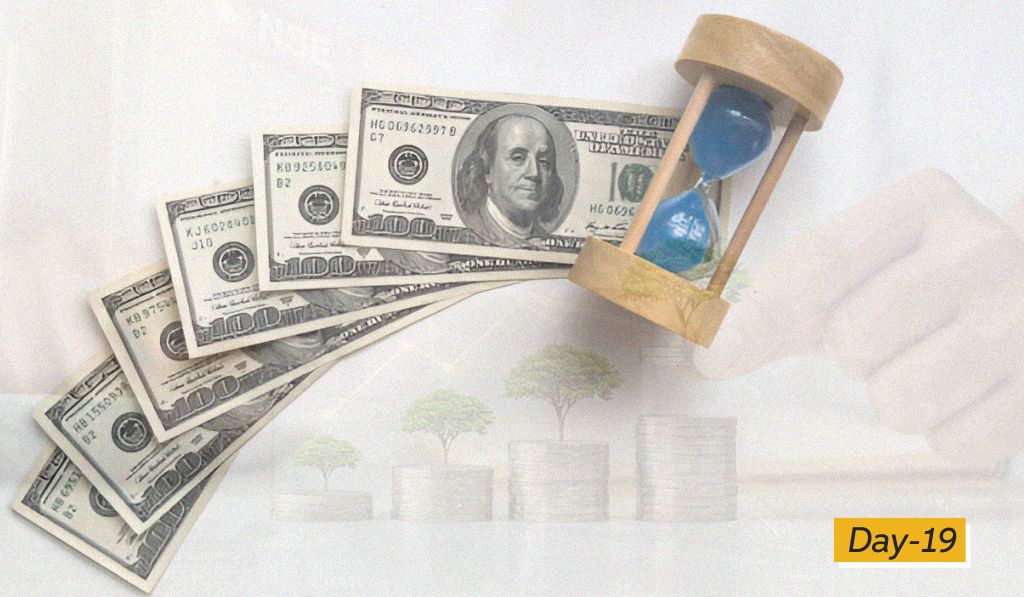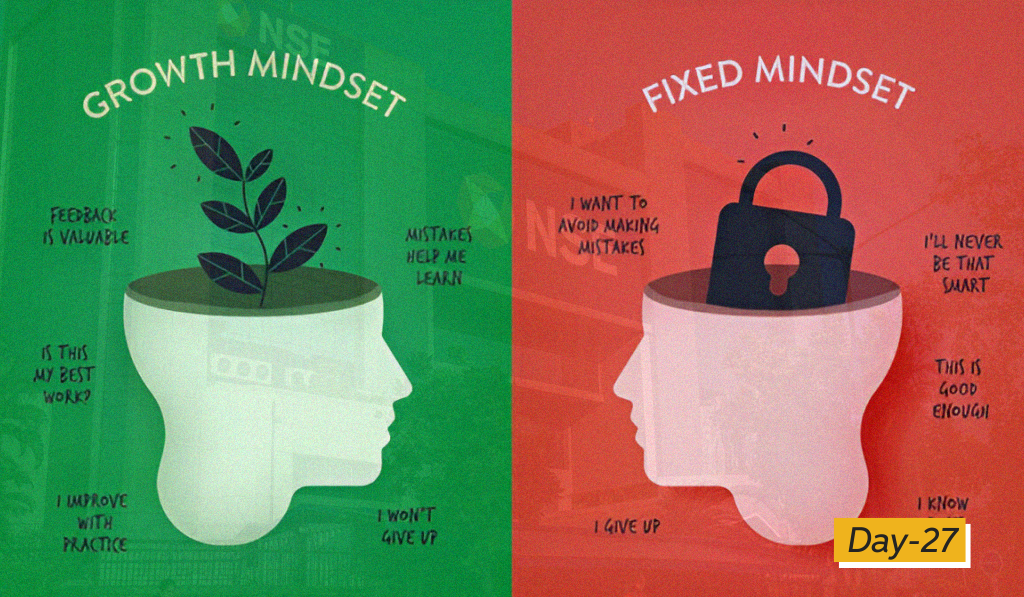In the fast-paced world of stock trading, patience is a virtue often undervalued and misunderstood. The allure of quick profits can make even seasoned investors fall prey to impulsive decisions, overlooking the incredible potential of a long-term, disciplined approach. However, history and data repeatedly prove that holding high-quality stocks over time is one of the most reliable paths to wealth creation. This article explores the importance of patience in equity investing and how high-quality stocks reward those who stay the course.
Understanding High-Quality Stocks
High-quality stocks are shares of companies with a strong financial foundation, consistent growth, and robust management practices. These companies typically demonstrate:
- Sustainable Earnings Growth:
- High-quality companies show consistent earnings growth over years, even in challenging economic conditions.
- Example: Firms like Hindustan Unilever and Asian Paints have exhibited stable earnings growth across market cycles.
- Strong Financial Metrics:
- Indicators like high return on equity (ROE), low debt-to-equity ratio, and healthy profit margins signify financial stability.
- Established Market Position:
- These companies often dominate their industries and benefit from competitive moats such as brand loyalty, cost advantages, or innovation.
- Resilient Management:
- Leadership teams that prioritize long-term growth over short-term gains are hallmarks of high-quality companies.
Why Patience Matters in Equity Investing
The stock market is inherently volatile, with prices fluctuating due to short-term events, sentiment shifts, and speculative trading. However, these fluctuations often obscure the underlying value of high-quality companies. Here’s why patience plays a crucial role:
1. The Power of Compounding
Compounding is the reinvestment of earnings, where profits generate additional profits over time. The longer you stay invested, the greater the compounding effect on your portfolio.
Example: If you invest ₹1 lakh in a stock that grows at 15% annually, it will grow to ₹4.04 lakh in 10 years, ₹16.4 lakh in 20 years, and ₹66.2 lakh in 30 years. Compounding accelerates wealth exponentially over time.
2. Smoothening Volatility
Stock prices often experience short-term volatility due to external factors like political events or economic data releases. Patience allows you to ride out these fluctuations and focus on long-term growth.
Example: The Sensex has seen multiple corrections of 20% or more since its inception, yet it has delivered an average annual return of 15% over the long term.
3. Avoiding Emotional Decisions
Patience helps investors avoid the common pitfalls of emotional trading, such as panic selling during market downturns or chasing trends during bull runs.
Example: During the 2008 financial crisis, many investors exited the market in fear. Those who stayed invested reaped substantial gains during the subsequent recovery.
Case Studies: Patience in Action
1. Eicher Motors
Eicher Motors, the maker of Royal Enfield motorcycles, was once a struggling small-cap company. Investors who held the stock through its turnaround saw returns exceeding 10,000% over two decades, thanks to its innovative product offerings and brand resurgence.
2. HDFC Bank
HDFC Bank’s disciplined growth strategy and focus on quality loans have made it one of India’s leading financial institutions. A long-term investment in HDFC Bank has yielded consistent, market-beating returns.
How to Identify High-Quality Stocks for Long-Term Holding
- Assess Financial Health:
- Review metrics like ROE, ROCE (Return on Capital Employed), and debt levels to gauge financial stability.
- Example: Companies with an ROE above 15% and minimal debt are generally strong candidates.
- Evaluate the Competitive Advantage:
- Look for businesses with durable moats, such as patented products, cost leadership, or strong brand equity.
- Examine Management’s Track Record:
- Leadership with a history of prudent capital allocation and shareholder-friendly policies signals reliability.
- Analyze Historical Performance:
- A consistent history of revenue and profit growth over at least a decade reflects resilience and potential for sustainability.
- Industry Trends:
- Consider companies operating in sectors with long-term growth potential, such as renewable energy, technology, or healthcare.
The Challenges of Patience
Patience is easier said than practiced. Here are some common challenges investors face and how to overcome them:
- Market Noise:
- Constant news about market trends, crashes, or booms can tempt you to act impulsively.
- Solution: Focus on the fundamentals of your investments rather than daily price movements.
- Fear of Missing Out (FOMO):
- Seeing others profit from speculative stocks can make you question your strategy.
- Solution: Remind yourself that speculative gains are often short-lived and high-risk.
- Impatience with Slow Growth:
- Long-term growth can feel sluggish compared to the fast-paced returns of speculative trades.
- Solution: Regularly review your portfolio’s performance relative to your financial goals and historical benchmarks.
- Economic Downturns:
- Bear markets test even the most disciplined investors.
- Solution: Use downturns as opportunities to accumulate more shares of high-quality stocks at discounted prices.
Building a Strategy for Long-Term Investing
- Set Clear Goals:
- Define your financial objectives, such as retirement savings or funding a child’s education, and align your investments accordingly.
- Regularly Reassess Fundamentals:
- While patience is key, it’s essential to periodically review the health of your investments. If a company’s fundamentals deteriorate, reevaluate its place in your portfolio.
- Diversify Wisely:
- Spread your investments across sectors and geographies to minimize risk.
- Stay Educated:
- Keep yourself informed about market trends and company performance to maintain confidence in your holdings.
- Automate Investments:
- Use systematic investment plans (SIPs) to regularly invest in high-quality stocks or mutual funds, ensuring consistency regardless of market conditions.
The Rewards of Patience
1. Wealth Creation
High-quality stocks have a history of outperforming other asset classes over the long term. They not only preserve capital but also grow it substantially.
2. Tax Efficiency
In India, long-term capital gains from equities are taxed at a lower rate than short-term gains, further enhancing returns.
3. Peace of Mind
Long-term investing reduces the stress and effort of frequent trading, allowing investors to focus on their broader financial goals.
Conclusion
Patience is not just a virtue; it is a necessity for successful equity investing. By identifying and holding high-quality stocks, investors can harness the power of compounding, ride out market volatility, and achieve significant wealth creation over time. Remember, the stock market rewards those who think in decades, not days.
As legendary investor Warren Buffett aptly said, “The stock market is a device for transferring money from the impatient to the patient.” So, embrace patience and let your investments flourish in their own time.










